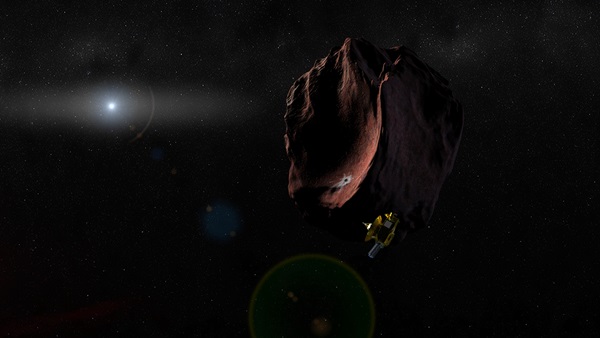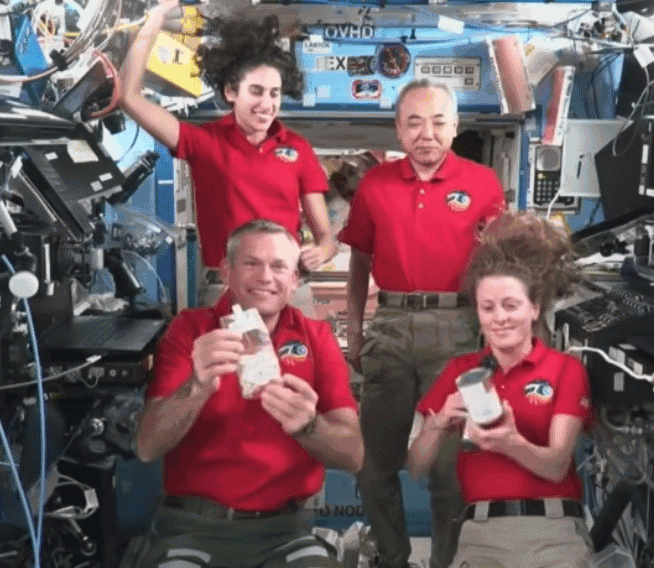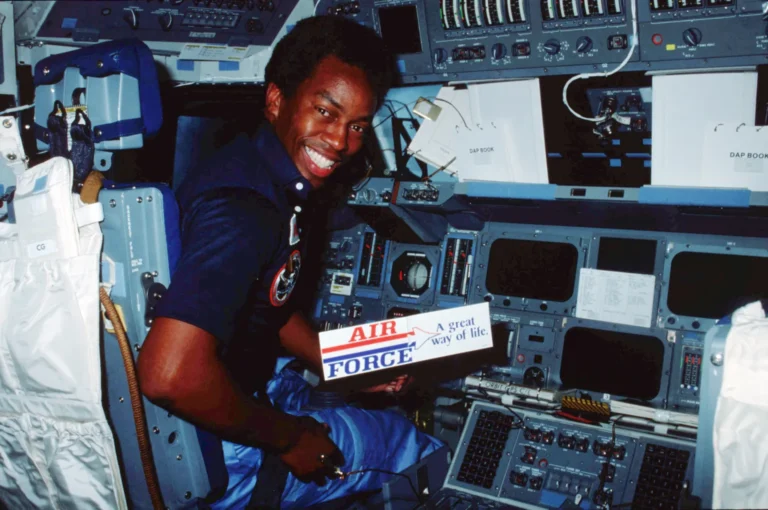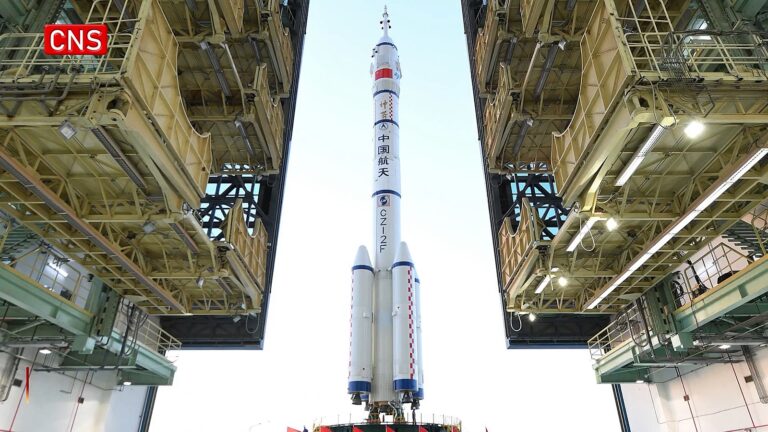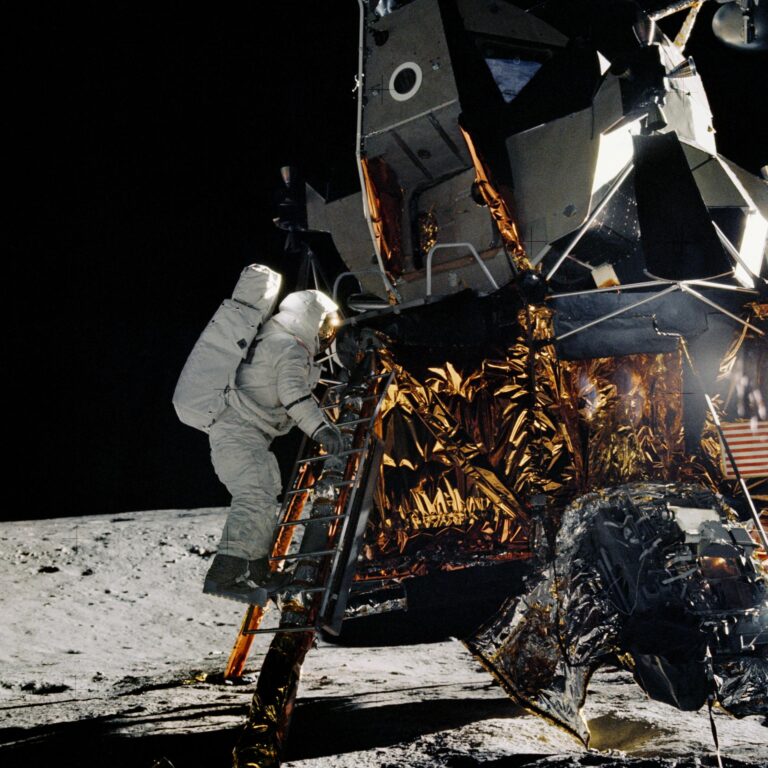Key Takeaways:
The passage, called an occultation, occurs when objects “line up” in the sky as viewed from Earth. When an object, such as an asteroid, planet, dwarf planet, or KBO, passes in front of a distant star, astronomers can watch the way the starlight dims and returns to gain information about the object passing in front of it. This information can include size, shape, and even whether the object possesses rings, moons, or an atmosphere.
The recent occultation was visible from the Southern Hemisphere; the New Horizons team used 24 mobile telescopes in Argentina to view the event, which lasted only about two seconds. This effort, which thus far has yielded five successful occultation detections, is vital to the characterization of 2014 MU69 before New Horizons arrives. That’s because this tiny, distant object is poorly understood; currently, it’s believed to span about 14-25 miles in diameter (22-40 kilometers), but little else is known about its shape and composition — thus far.
“This effort, spanning six months, three spacecraft, 24 portable ground-based telescopes, and NASA’s SOFIA airborne observatory was the most challenging stellar occultation in the history of astronomy, but we did it!” said Alan Stern, the New Horizons mission principal investigator, in a press release. “We spied the shape and size of 2014 MU69 for the first time, a Kuiper Belt scientific treasure we will explore just over 17 months from now. Thanks to this success we can now plan the upcoming flyby with much more confidence.”
Currently, New Horizons is 38 astronomical units (AU; 3.5 billion miles [6 billion km]) from Earth and just over 4 AU (400 million miles [600 million km]) from 2014 MU69 (which sits more than 4 billion miles (6.5 billion km) from our planet. It’s zipping along at nearly 9 miles per second (14 km/s). At its current location, it takes light — and radio signals — a little over 5 hours and 15 minutes to travel one way between Earth from the spacecraft, and vice versa. However, the spacecraft is currently in the midst of a 157-day “hibernation,” which began in April.

